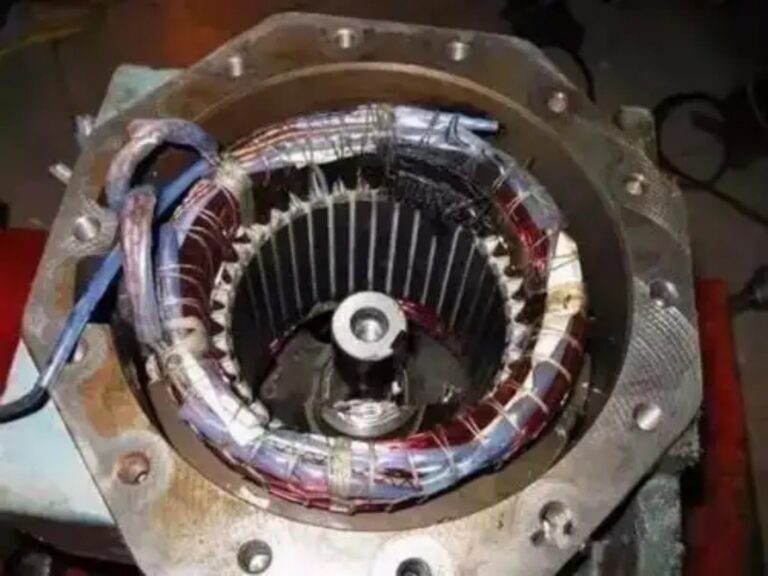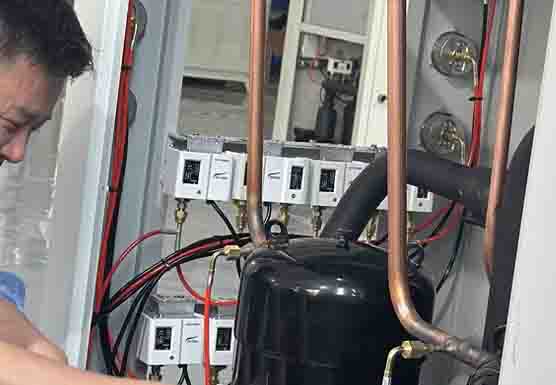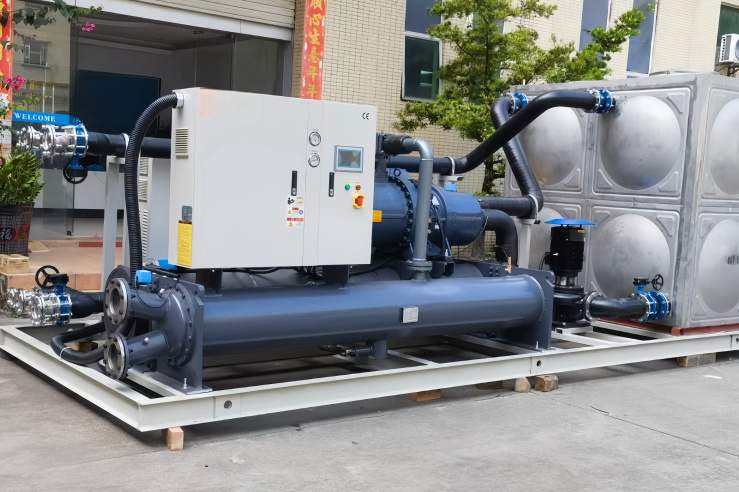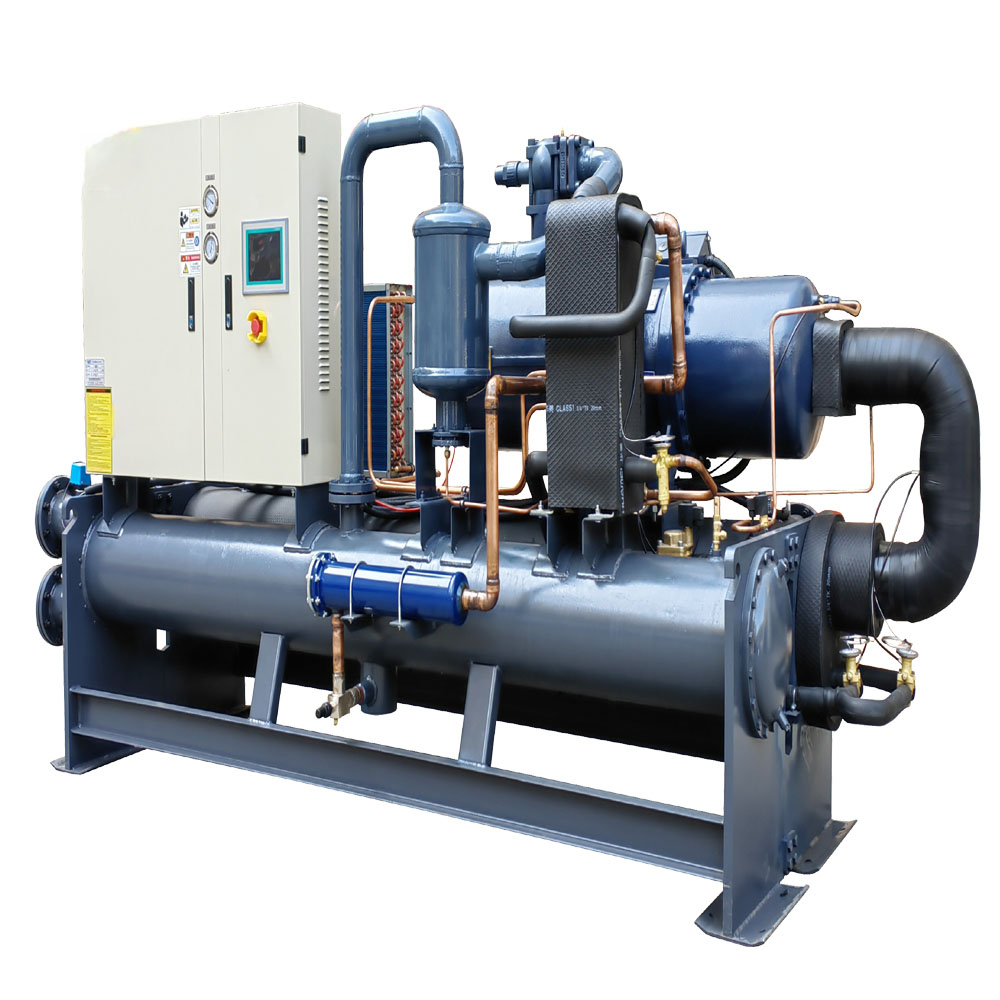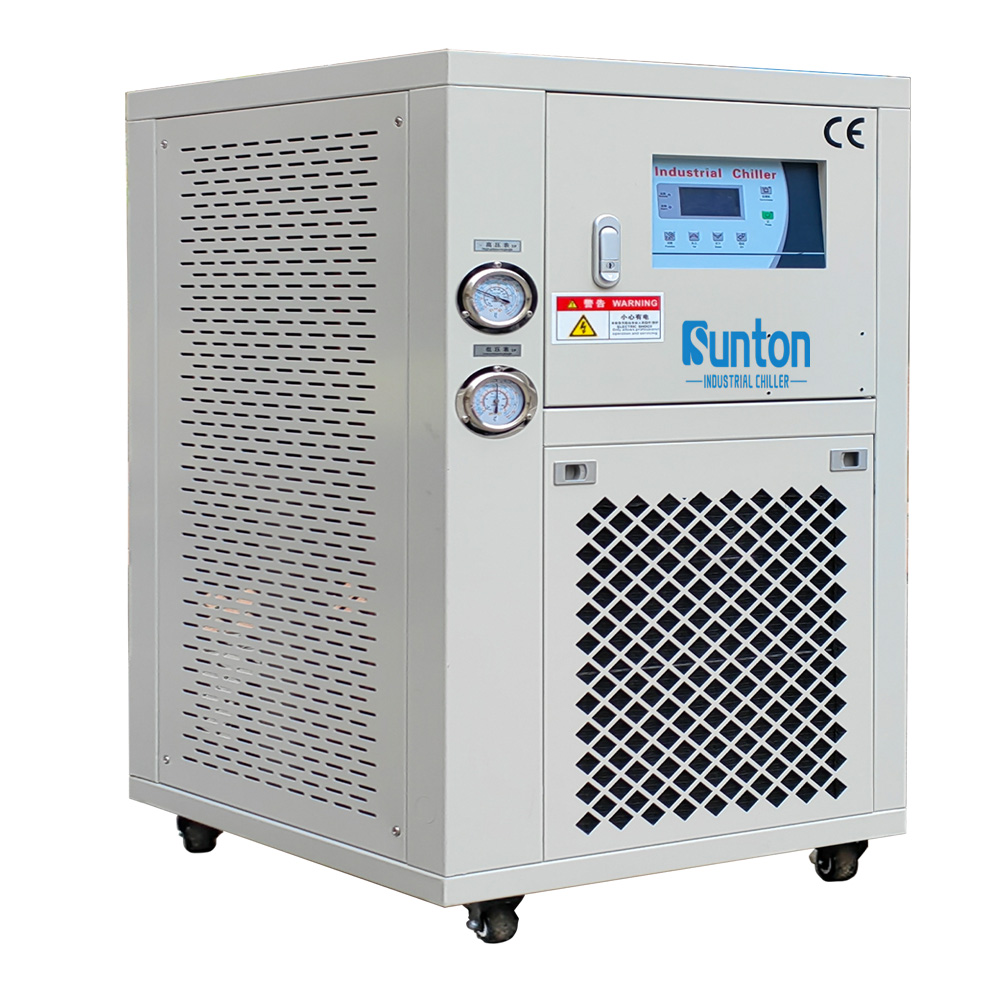-
달링산 산업 광동
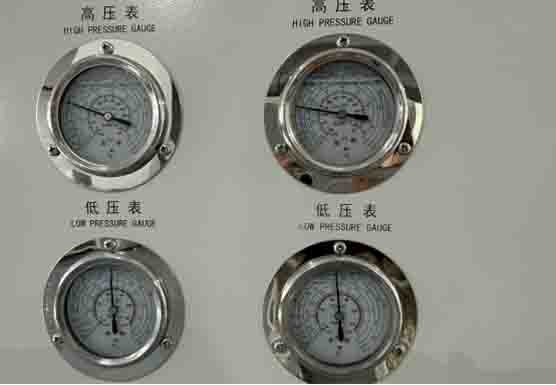
절화에 가장 적합한 온도 - 도매 꽃집을 위한 보존
도매 꽃집을 위한 온도 조절에 대한 완벽한 가이드: 신선하게 자른 꽃을 생생하게 유지
이 기사에서는 특히 절화의 신선도와 수명을 유지하는 데 있어서 온도 및 습도 조절의 중요한 역할에 대해 살펴봅니다. 도매 꽃집. 우리는 과학의 이면에 대해 탐구합니다. 꽃 보존, 실용적인 조언 및 모범 사례 제공 절화 보관 그들이 활기차고 건강하게 유지되도록 합니다. 당신이 꽃 산업 또는 단순히 꽃 열광적인 사람이라면 이러한 원칙을 이해하면 제품의 품질과 수명에 상당한 영향을 미칠 수 있습니다. 꽃꽂이. 읽어볼 만한 가치가 있는 이유는 교육적일 뿐만 아니라 제품의 품질을 향상시키고 잠재적으로 고객 만족도와 사업 성공을 높이는 데 직접 적용할 수 있는 지식을 제공하기 때문입니다.
목차
절화를 보관하는 데 이상적인 온도는 얼마입니까?
산업용 냉각기 제조 공장으로서 우리는 정밀한 온도 제어의 중요성을 잘 알고 있습니다. 대부분의 경우 절화에서 이상적인 온도 33°F와 35°F(0.5°C ~ 1.5°C) 사이입니다. 시원한 온도 대사 과정을 상당히 늦춥니다. 월경, 호흡과 수분 손실을 줄여 꽃병 수명을 연장합니다. 우리는 이것을 유지하는 것이 보관 온도 에 필수적이다 도매 꽃집 재고를 최상의 상태로 유지해야 하는 사람.
그러나 모든 것이 그런 것은 아니라는 점을 알아두는 것이 중요합니다. 월경 동일합니다. 열대 꽃예를 들어, 저온 손상에 민감하여 일반적으로 50°F~55°F(10°C~13°C)의 고온에서 보관해야 합니다. 다양한 종류의 특정 요구 사항을 이해합니다. 꽃 종류 수명과 외관을 최적화하는 데 필수적입니다. 온도 조절에 대한 당사의 전문성은 귀하의 꽃 기업은 모든 유형의 고객에게 최상의 환경을 제공할 수 있습니다. 꽃.
신선한 절화를 구입할 때 온도 조절이 중요한 이유는 무엇입니까?
온도 조절 품질을 유지하는 초석입니다 신선하게 자른 꽃. 언제 월경 절단되면 영양소와 물의 공급원에서 분리됩니다. 적절한 온도 속도를 늦추는 데 도움이 됩니다 절화의 노화 과정 수분 손실을 최소화하고 노화를 촉진하는 호르몬인 에틸렌 생성을 줄임으로써. 산업용 냉각 분야의 전문가로서 우리는 적절한 온도 조절 그냥 유지하는 것만이 아닙니다 꽃 시원하다; 활력을 보존하는 것이 목적입니다.
또한 온도 변동은 다음과 같은 피해를 입힐 수 있습니다. 자르다 꽃 품질. 노출 월경 너무 높은 온도에 더운지 너무 춥다 시들음, 변색 및 수명 단축으로 이어질 수 있습니다. 일관성 온도 제어 내에서 이상적인 온도 범위는 다음을 보장합니다. 꽃은 남아있다 수분이 공급되고 생동감 넘칩니다. 모조리 설정, 이는 제품 손실 감소 및 고객 만족도 증가로 이어집니다. 당사의 냉각기는 안정적이고 신뢰할 수 있는 냉각을 제공하도록 설계되어 꽃집 가장 높은 기준을 유지하다 꽃의 품질.
습도는 꽃 보관에 어떤 영향을 미치는가?
습기 중요한 역할을 한다 꽃 보관온도와 함께 손을 잡고 일하여 유지합니다. 절화 신선한. 이상적인 습도 수준 대부분을 위해 절화 90%와 95% 사이입니다. 높음 습기 수분 손실을 줄이는 데 도움이 됩니다. 꽃줄기 꽃잎을 팽창시키고 신선하게 유지합니다. 당사의 산업용 냉각기는 종종 가습 시스템과 함께 사용되어 완벽한 환경을 조성합니다. 꽃 보존.
낮은 습기 빠른 탈수증으로 이어질 수 있습니다. 월경 조기에 시들다. 반대로 지나치게 높다 습기 곰팡이와 박테리아의 성장을 촉진할 수 있습니다. 꽃에 해를 끼치다. 적절한 균형을 이루는 것이 핵심이며 환경 제어 분야의 전문성이 도움이 될 수 있습니다. 꽃집 최적의 조건을 만들어내다 꽃 보관. 적절한 습기 경영진은 다음을 보장합니다. 월경 아름다움을 유지하고 더 오래 지속되다, 가치와 매력을 향상시킵니다.
도매 시장에서 꽃을 취급할 때 가장 좋은 방법은 무엇입니까?
꽃 다루기 올바르게 하는 것이 품질을 유지하는 데 필수적입니다. 꽃이 도착하다 당신의 도매점, 신속하고 효율적으로 처리하는 것이 중요합니다. 검사부터 시작하세요. 월경 손상이나 질병의 징후가 있는지 확인하십시오. 꽃줄기 날카로운 칼이나 가위로 각도를 맞춰 물을 흡수하도록 합니다. 박테리아 증식을 방지하기 위해 수위 아래에 있는 잎을 제거합니다.
꽃을 놓다 in 물통 ~로 치료됨 꽃 방부제 용액입니다. 이 용액은 영양을 공급하는 데 도움이 됩니다. 월경, 박테리아 성장을 억제하고 물의 적절한 pH 수준을 유지합니다. 물의 온도 에 적합합니다 꽃 종류 당신이 다루고 있습니다. 물을 바꿔주세요 그리고 다시 잘라내다 줄기 1~2일마다 유지하려면 월경 수분이 공급되고 신선합니다. 업계에서의 저희의 경험은 이것들의 중요성을 강조합니다. 모범 사례 장수를 보장하기 위해 절화.
꽃 사업에 맞는 꽃쿨러를 선택하는 방법은?
오른쪽 선택 꽃 쿨러 모든 사람에게 중요한 결정입니다 꽃 사업. 절화 쿨러 특별히 유지되도록 설계되었습니다. 이상적인 온도 그리고 습기 수준에 대한 꽃을 보관하다쿨러를 선택할 때는 작업 규모, 볼륨을 고려하십시오. 월경 당신이 처리하고, 특정 요구 사항 꽃 종류 당신은 주식. 꽃 쿨러 다양한 크기와 구성으로 제공되며, 가까이에 닿는 유닛부터 대형 워크인 룸까지 있습니다.
쿨러의 에너지 효율성과 안정성을 고려하는 것도 중요합니다. 당사의 산업용 냉각기는 다음과 원활하게 작동하도록 설계되었습니다. 꽃 정확한 냉각 시스템을 제공합니다 온도 제어 그리고 에너지 효율성. 잘 선택된 쿨러는 귀하의 투자를 보호할 뿐만 아니라 신선한 꽃 또한 제품의 품질과 수명을 향상시켜 궁극적으로 수익에 도움이 됩니다.
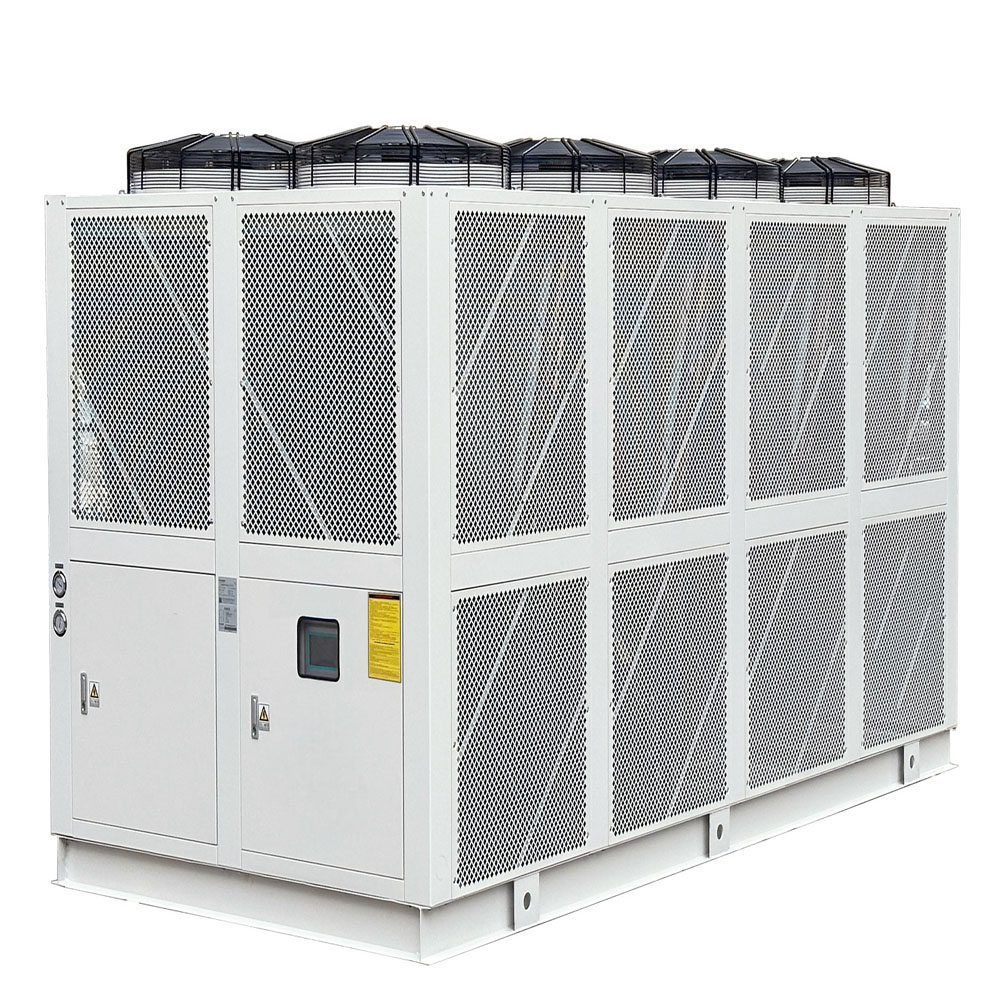
다양한 꽃 유형에 따른 최적의 온도 범위는 무엇입니까?
다른 꽃 종류 온도 요구 사항이 다릅니다. 대부분의 절화 33°F~35°F 범위에서 잘 자라는 것도 있습니다. 추위에 민감한 꽃과 열대 꽃, 더 따뜻한 조건이 필요합니다. 다음은 이를 개략적으로 보여주는 표입니다. 최적의 보관 온도 다양한 꽃 카테고리:
| 꽃 카테고리 | 최적 온도 범위(°F) | 최적 온도 범위 (°C) |
| 가장 많이 잘라낸 꽃 | 33-35 | 0.5-1.5 |
| 열대 꽃 | 50-55 | 10-13 |
| 추위에 민감한 꽃 | 40-45 | 4.5-7 |
| 강건한 꽃 (예: 카네이션) | 32-34 | 0-1 |
이러한 변화를 이해하는 것은 매우 중요합니다. 도매 꽃집 다양한 범위를 다루는 월경. 온도 조절 분야의 전문성을 통해 각 고객의 특정 요구 사항에 맞는 솔루션을 제공할 수 있습니다. 꽃 유형, 보장 최적의 보관 꽃병의 수명을 최대로 연장합니다.
매장에서 판매하는 꽃의 꽃병 수명을 어떻게 연장할 수 있나요?
확장 꽃병 꽃의 수명 모든 것의 핵심 목표입니다 꽃집. 적절한 온도 그리고 습기 제어는 기본이지만 취할 수 있는 추가 단계가 있습니다. 꽃 방부제 용액은 필수적입니다. 이 용액에는 영양을 공급하는 성분이 포함되어 있습니다. 월경, 박테리아 성장을 억제하고, 물의 적절한 pH를 유지하는 데 도움이 됩니다.
정기적으로 물을 바꾸다 그리고 다시 자르기 줄기 또한 꽃병 수명을 연장하는 데 도움이 됩니다. 이것은 지속적인 물의 흐름 를 월경 그리고 막을 수 있는 박테리아의 축적을 방지합니다. 줄기. 또한, 유지 월경 익는 과일과 채소와 같은 에틸렌 공급원에서 멀리 떨어져 있으면 노화 과정을 늦추는 데 도움이 될 수 있습니다. 꽃 산업 이러한 관행이 장수를 극대화하는 데 얼마나 중요한지 강조합니다. 절화.
꽃 관리에 있어서 물의 온도는 어떤 역할을 할까?
그리고 물의 온도 수화에 사용됨 절화 수명에 상당한 영향을 미칠 수 있습니다. 대부분의 경우 절화, 차가운 물(약 100°F 또는 38°C)을 사용하는 것이 이상적입니다. 물의 온도 열어주는 데 도움이 됩니다 꽃줄기, 물 흡수를 용이하게 합니다. 그러나 일부의 경우 월경예를 들어 나무 줄기가 있는 식물이나 오랫동안 건조하게 보관했던 식물은 미지근한 물(약 110°F 또는 43°C)을 사용하면 되살리는 데 도움이 될 수 있습니다.
너무 뜨겁거나 너무 차가운 물은 충격을 줄 수 있으므로 사용하지 않는 것이 중요합니다. 월경 그리고 조직을 손상시킵니다. 온도 조절에 대한 우리의 전문성은 뉘앙스를 이해하는 데까지 확장됩니다. 물의 온도 그리고 그것이 다른 것에 미치는 영향 꽃 종류. 제공 적절한 온도 물은 수분 공급과 수명을 향상시키는 간단하면서도 효과적인 방법입니다. 절화.
절화의 빠른 노화를 방지하려면 어떻게 해야 하나요?
방지 절화의 빠른 노화 온도와 에틸렌 제어가 가장 중요한 여러 요인의 조합이 포함됩니다. 유지 관리 적정 온도 첫 번째 방어선입니다. 앞서 언급했듯이 대부분을 유지하십시오. 절화 화씨 0도에서 3도 사이이면 신진대사 과정이 느려지고 호흡과 수분 손실이 줄어듭니다.
에틸렌은 자연적으로 생성되는 식물 호르몬으로 식물의 숙성과 노화를 촉진합니다. 월경. 에틸렌 노출을 최소화하는 것이 중요합니다. 이것은 다음을 유지함으로써 달성할 수 있습니다. 월경 익는 과일, 채소 및 자동차 배기 가스와 같은 기타 에틸렌 공급원에서 멀리 떨어져 있어야 합니다. 보관 및 진열 구역에 에틸렌 흡수 파우치나 필터를 사용하는 것도 도움이 될 수 있습니다. 산업용 냉각 및 환경 제어 분야에서의 당사의 경험은 에틸렌 수준을 관리하여 수명을 연장하는 데 귀중한 통찰력을 제공할 수 있습니다. 월경.
도매점에 꽃이 도착하면 어떻게 해야 하나요?
언제 꽃이 도착하다 당신의 모조리 가게, 신속하고 적절한 처리가 필수적입니다. 검사로 시작하십시오. 월경 손상, 질병 또는 탈수 증상이 있는지 확인하십시오. 모든 포장재를 제거하고 준비하십시오. 꽃 방부제 용액
잘라내다 꽃줄기 날카로운 칼이나 가위를 사용하여 각도로 자르십시오. 이렇게 하면 물 흡수를 위한 표면적이 더 넓어지고 줄기 용기 바닥에 평평하게 놓여 있어서 방해가 될 수 있습니다. 물의 흐름. 박테리아 증식을 방지하기 위해 물선 아래에 있는 잎을 제거하세요.
꽃을 놓다 in 물통 방부제 용액이 포함되어 있습니다. 물의 온도 에 적합합니다 꽃 종류 당신이 처리하고 있습니다. 허용합니다 월경 몇 시간 동안 시원하고 어두운 곳에 두어 수분을 공급한 다음 집으로 옮기십시오. 꽃 쿨러. 이 초기 수화 기간은 팽윤도를 회복하고 꽃병 수명을 연장하는 데 중요합니다.
자주 묻는 질문
대부분의 절화를 보관하는 데 가장 적합한 온도는 얼마인가요?
그리고 가장 좋은 온도 대부분을 저장하기 위해 절화 33°F와 35°F(0.5°C~1.5°C) 사이입니다. 시원한 온도 대사 과정을 늦추는 데 도움이 됩니다. 월경꽃병의 수명을 연장합니다.
습도는 꽃 보관에 어떤 영향을 미치나요?
높은 습기 (90-95%)는 필수입니다 꽃 보관 그것은 물 손실을 줄여줍니다 월경, 수분을 공급하고 신선하게 유지합니다. 낮음 습기 너무 높으면 시들게 될 수 있습니다. 습기 곰팡이와 박테리아의 성장을 촉진할 수 있습니다.
매장에 꽃이 처음 도착하면 어떻게 해야 하나요?
언제 꽃이 도착하다, 검사하고, 다듬습니다 줄기, 아래쪽 잎을 제거하고 다음 위치에 두십시오. 꽃 방부제 용액. 쿨러로 옮기기 전에 시원하고 어두운 곳에서 수화되도록 두세요.
모든 종류의 꽃을 같은 온도에서 보관할 수 있나요?
아니, 다르다 꽃 종류 온도 요구 사항이 다릅니다. 대부분의 절화 33°F~35°F에서 잘 자랍니다. 열대 꽃 추위에 민감한 꽃은 더 따뜻한 온도(각각 50°F~55°F, 40°F~45°F)가 필요합니다.
절화의 물은 얼마나 자주 갈아줘야 하나요?
당신은해야합니다 물을 갈아주세요 그리고 다시 잘라내다 줄기 1~2일마다 유지하려면 월경 수분을 공급하고 박테리아 성장을 방지합니다.
꽃 보존제란 무엇이고, 왜 중요한가요?
A 꽃 방부제는 영양을 공급하는 데 도움이 되는 솔루션입니다. 절화, 박테리아 성장을 억제하고 물의 적절한 pH를 유지합니다. 꽃병 수명을 크게 연장하고 품질을 향상시키기 때문에 중요합니다. 월경.
주요 내용
- 온도 조절 신선도와 장기 보관을 유지하는 데 중요합니다. 절화대부분 섭씨 33도에서 35도 사이에서 잘 자랍니다.
- 높은 습기 (90-95%)는 수분 손실을 줄이고 건강을 유지하는 데 필수적입니다. 월경 수화됨.
- 도착 시 적절한 취급, 트리밍 포함 줄기 그리고 사용하여 꽃 방부제는 꽃병의 수명에 상당한 영향을 미칩니다.
- 다른 꽃 종류 다양한 온도 요구 사항이 있습니다. 열대 꽃 더 따뜻한 보관 조건이 필요합니다.
- 정기적으로 물을 교체하고 다시 절단합니다. 줄기 수명 연장에 도움이 됩니다 절화.
- 올바른 선택 꽃 쿨러 에틸렌 노출을 관리하는 것이 중요합니다. 도매 꽃집.
- 올바른 것을 사용하여 물의 온도 수분 공급은 간단하면서도 효과적인 방법입니다. 꽃 품질.
공냉식 스크류 중앙 냉각기 최적의 조건을 유지하는 데 필수적입니다. 꽃 사업. 더 자세한 사양 및 제품 정보는 여기를 참조할 수 있습니다. 의지. 또한, 섬유 산업을 위한 산업용 냉각기 정확한 정보를 제공하다 온도 제어, 귀하의 월경 활기차고 신선하게 유지하세요. 이 글에서 산업용 냉각 솔루션에 대해 더 자세히 알아볼 수 있습니다. 기사. 적절한 취급 및 보관(사용 포함) 수냉식 스크류 워터 칠러, 귀하의 품질과 수명에 상당한 영향을 미칩니다. 꽃 제품. 냉각탑 귀하의 비즈니스에 적합한 환경을 유지하는 데 있어 또 다른 필수적인 부분입니다. 마지막으로, 방폭 냉각기 안전성과 효율성을 한층 더 높일 수 있습니다.


